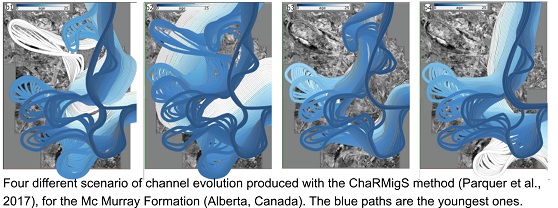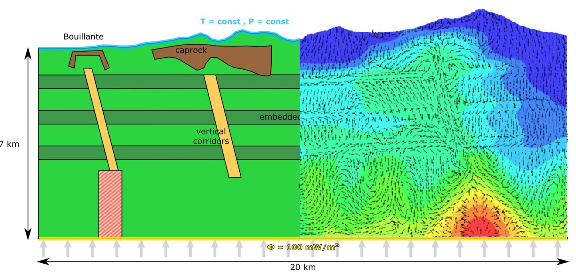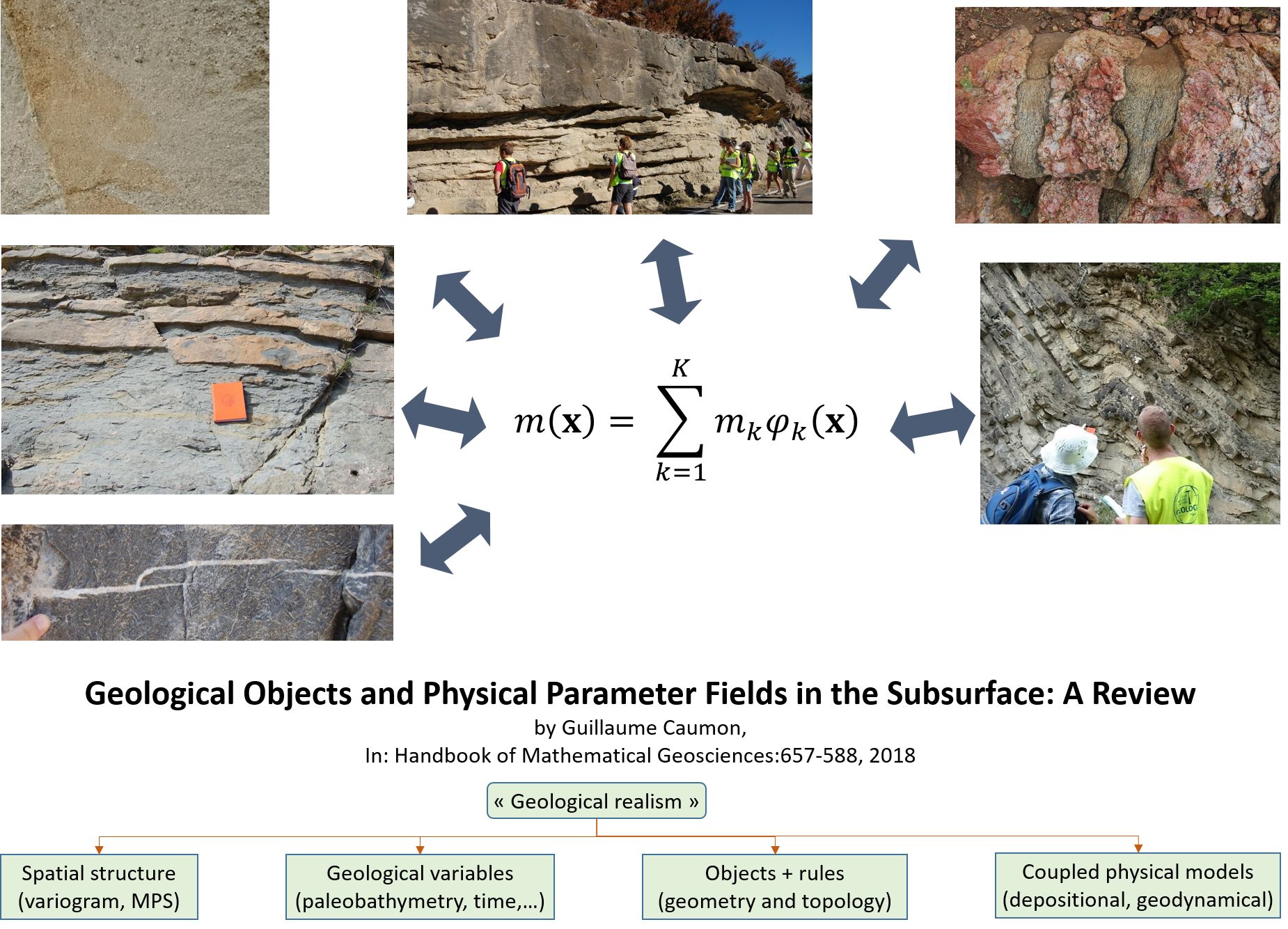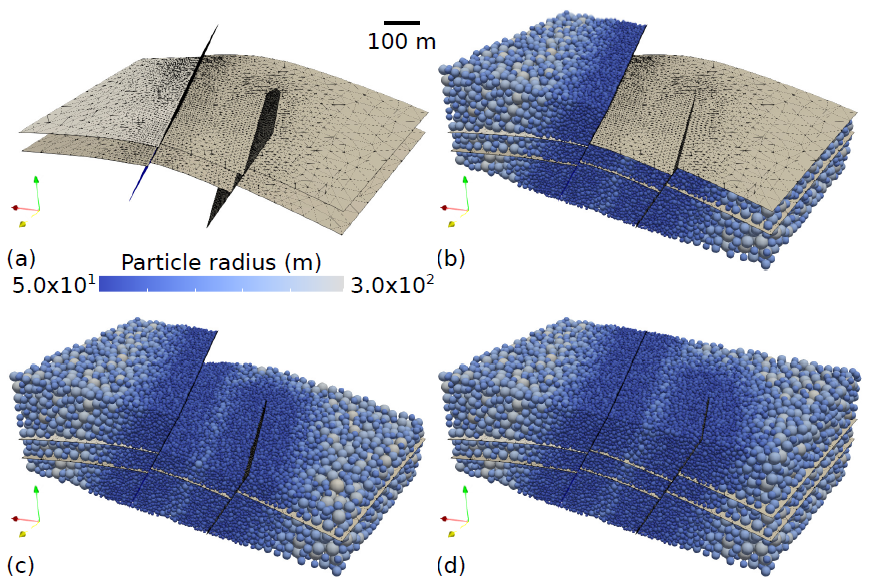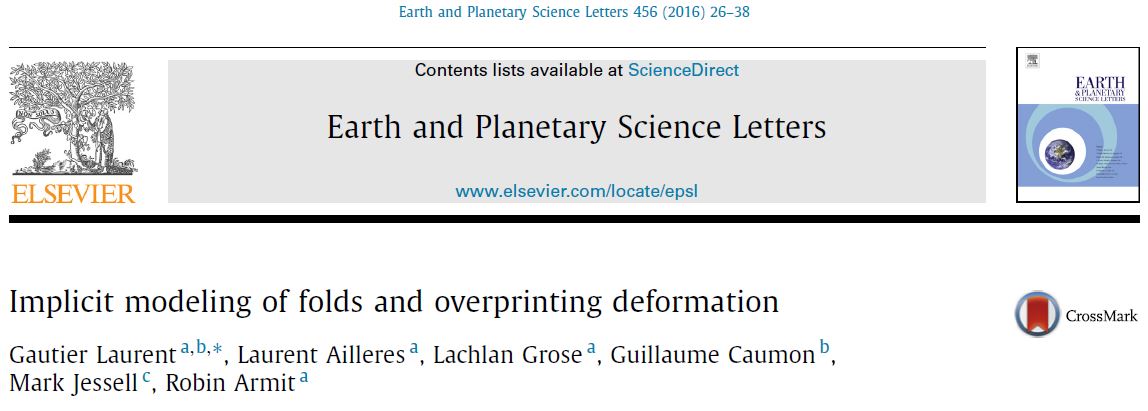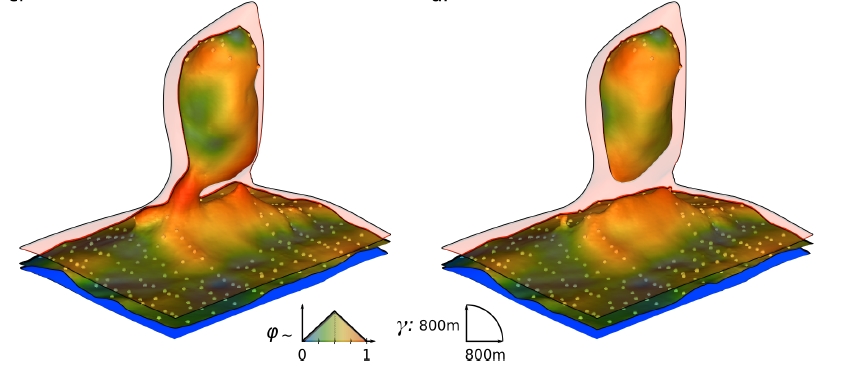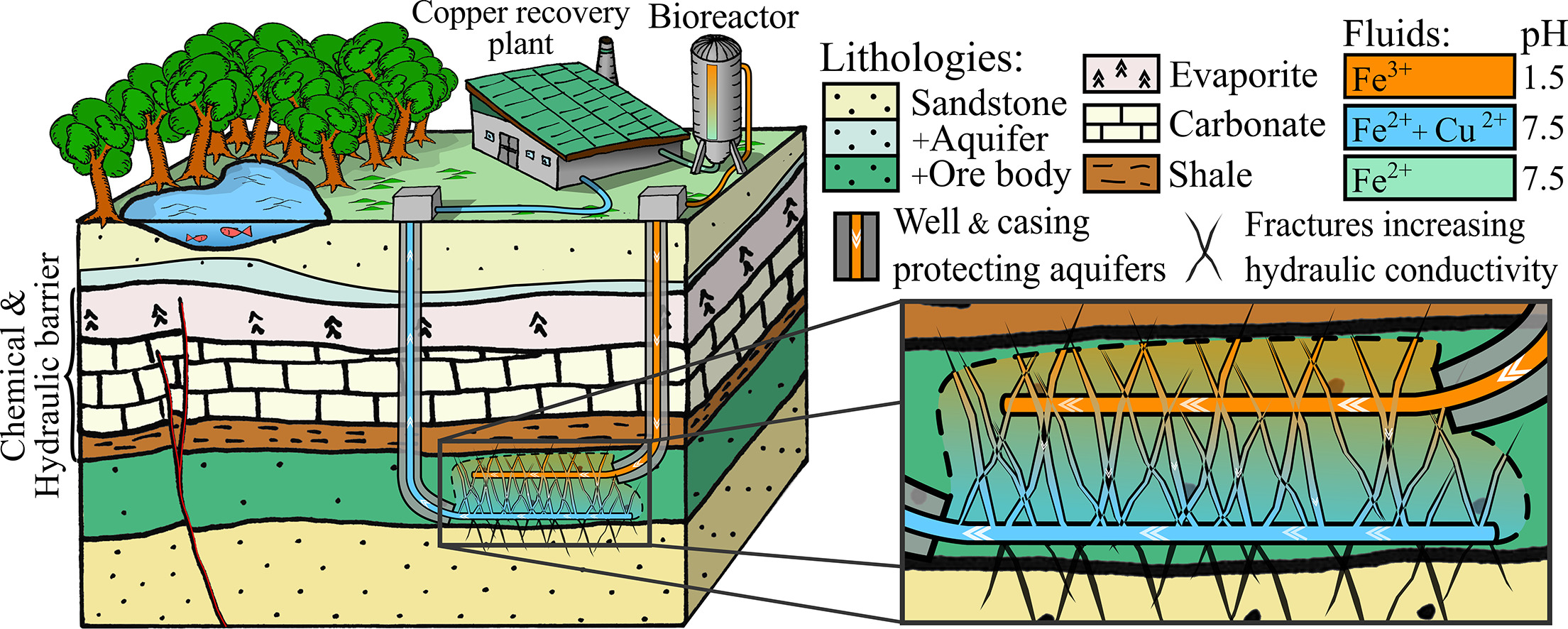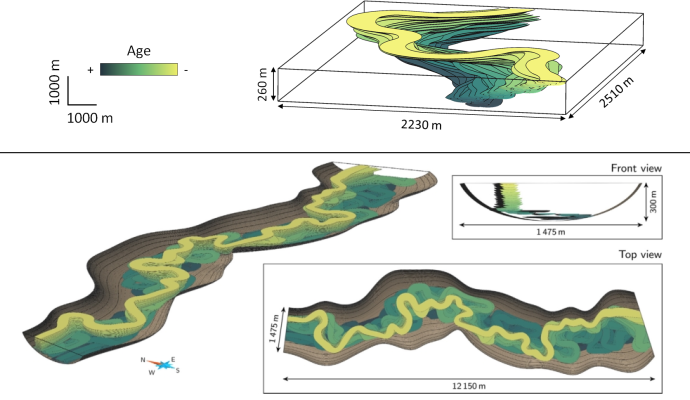
In this new paper published in Marine and Petroleum Geology (i) we propose a geometrical and descriptive approach to stochastically control the channel stacking patterns; (ii) we demonstrate trhrough quantitative metrics that this method makes it possible to control the connectivity between the channels by adjusting the geometry of the migrating areas.
The complete paper can be found here for free download.
Rongier G., Collon P., Renard P. (2017). A geostatistical approach to the simulation of stacked channels. Marine and Petroleum Geology, 82, 318–335. DOI: 10.1016/j.marpetgeo.2017.01.027

